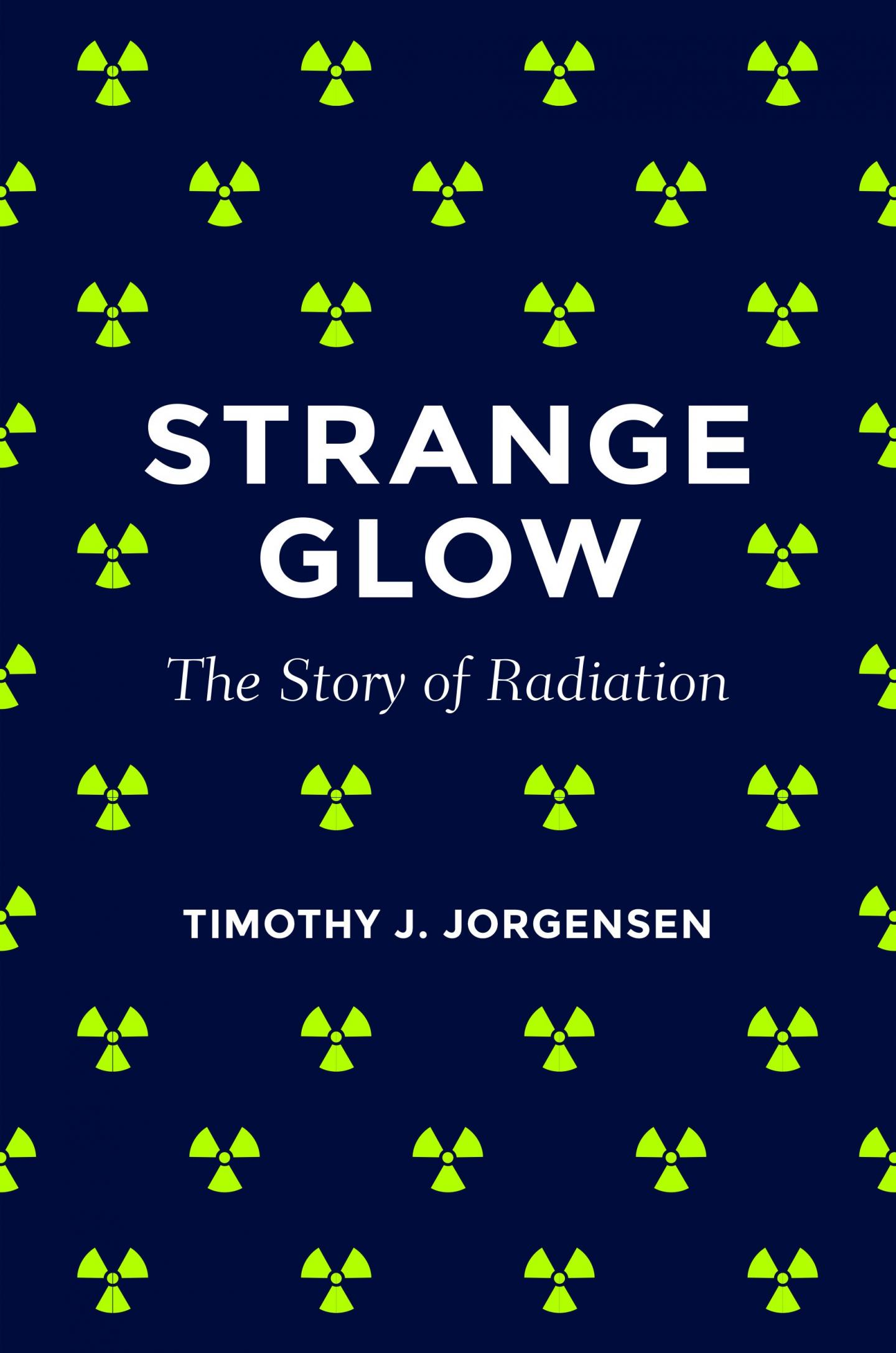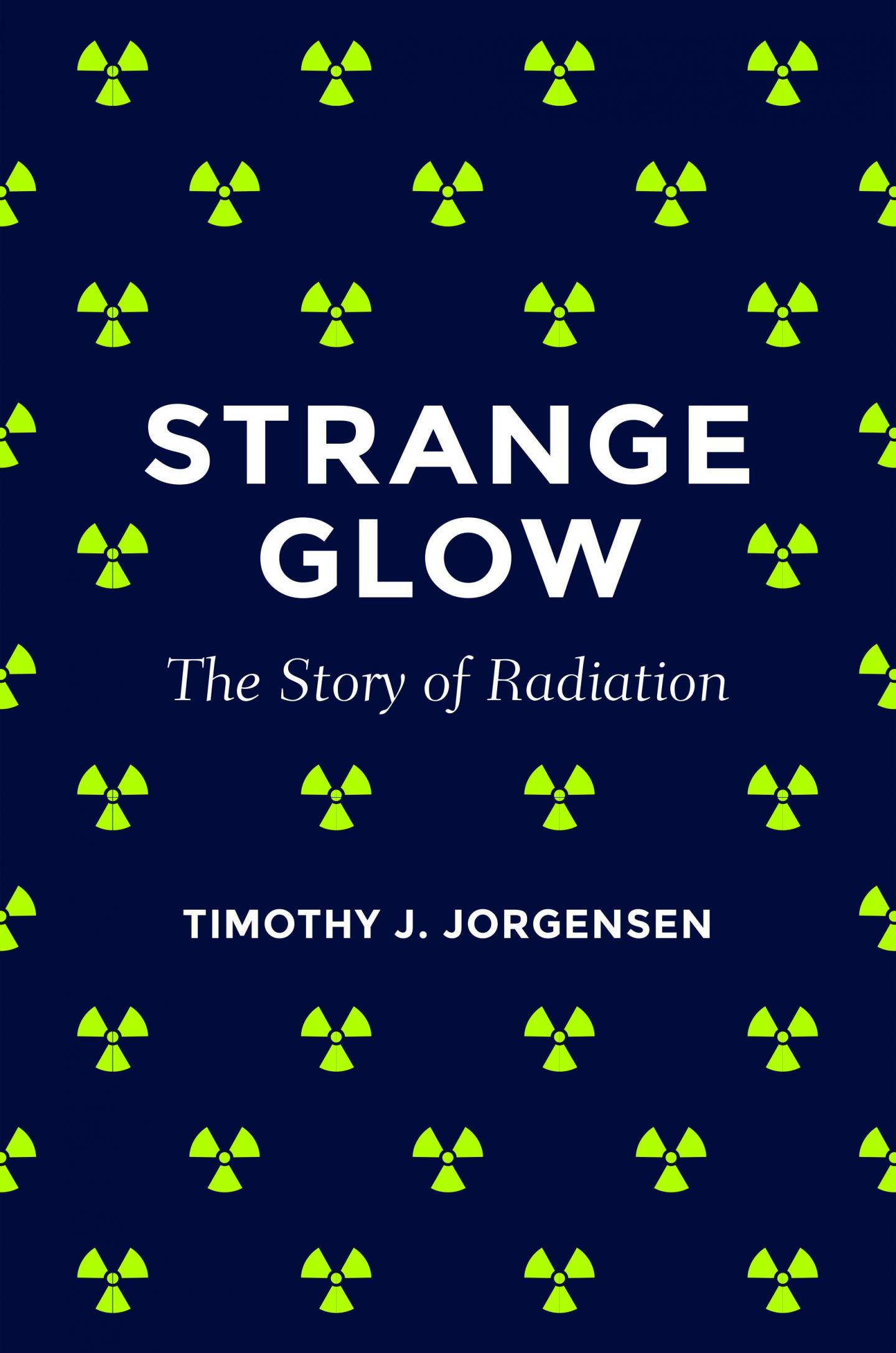
WASHINGTON (March 3, 2016) — It's a common paradox. Why is it that some people fear using cellphones believing radiation from the device will cause a brain tumor, but will gladly have a whole body CT scan to check for diseases without any signs or symptoms of anything wrong? Why do others fear microwave ovens, but have no issue with the nearby nuclear power plant that provides electricity for their kitchens?
The answer is that most people do not understand radiation in a way that allows them to make an accurate assessment of its health risks, says a Georgetown University Medical Center radiation expert, Timothy J. Jorgensen, PhD, MPH.
It was this lack of public understanding about radiation that led Jorgensen to write Strange Glow: The Story of Radiation, out March 9 (Princeton University Press).
Strange Glow tells the story of man's encounter with radiation, and how mankind has been transformed by the experience. The book focuses on a health-centric perspective "that seeks to remove some of the mystery and misunderstanding that surrounds radiation," says Jorgensen, director of the Health Physics and Radiation Protection Graduate Program, and chair of Georgetown's Radiation Safety Committee.
Read: Jorgensen's reflections on the fifth anniversary of the Fukushima Daiichi Nuclear Power Plant Meltdown
Jorgensen's book tells stories of people who encountered radiation of different types and dose levels, and what happened to them as a consequence, offering a sense of how dangerous different sources of radiation can be. In so doing, he discusses the history of radiation and its technical aspects in language that is accessible to all readers.
And in a bid to avoid "paternalism and a personal agenda," Jorgensen takes no position in the book about how worried readers should be about these radiation sources. "Even when armed with the same facts, what is an acceptable risk to one person may be totally unacceptable to another."
"The only thing that this book can achieve is to present the facts about radiation as objectively and evenhandedly as possible, leaving its readers to decide for themselves which aspects of radiation they should fear," Jorgensen says. "This book seeks to convince people that they can be masters of their own radiation fate, and empower them to make their own well-informed decisions about their personal radiation exposures."
Jorgensen says he understands why many people are afraid of radiation. "You can't see it, you can't taste it, you can't touch it. You know it is there, but you can't sense it. This causes people to be fearful of radiation and when people are afraid, they tend to exaggerate the risk level."
He adds that while the risk of radiation from different sources is very well understood in the scientific community — "we have been studying this topic for 100 years" — there has been little success in communicating these findings to the public in understandable terms. Mostly, people have been shown graphs or tables, and left to draw their own conclusions. "You won't find a graph or a pie chart in this book," Jorgensen says. Rather, in Strange Glow, the reader learns about radiation through a series of human-interest stories, each of which delivers its own message about radiation risks, in a sequential, logical, and comprehensible way.
He said he decided to write the book after the Fukushima Daiichi nuclear accident in March of 2011, when people started asking a lot of questions about the radiation risks associated with the accident. It was then that he realized how "uninformed many people were about the radiation exposures that they live with every day; often fearing the benign things and oblivious to the more threatening hazards." He hopes to help rectify this situation with his book, by allowing people to adjust their fears to coincide with the realities. Jorgensen says he believes that after reading Strange Glow, the fear level that people have may not be lowered overall, but "their fears will definitely be rearranged."
###
Strange Glow: The Story of Radiation
Author: Timothy J. Jorgensen
Publisher: Princeton Univ.
Pages: 496
Price ( Hardcover ): $35.00
Publication Date: March 1, 2016
ISBN ( Hardcover ): 978-0-691-16503-5
About Georgetown University Medical Center
Georgetown University Medical Center (GUMC) is an internationally recognized academic medical center with a three-part mission of research, teaching and patient care (through MedStar Health). GUMC's mission is carried out with a strong emphasis on public service and a dedication to the Catholic, Jesuit principle of cura personalis — or "care of the whole person." The Medical Center includes the School of Medicine and the School of Nursing & Health Studies, both nationally ranked; Georgetown Lombardi Comprehensive Cancer Center, designated as a comprehensive cancer center by the National Cancer Institute; and the Biomedical Graduate Research Organization, which accounts for the majority of externally funded research at GUMC including a Clinical and Translational Science Award (UL1TR001409-01) from the National Institutes of Health.
Media Contact
Karen Teber
[email protected]
@Gumedcenter





